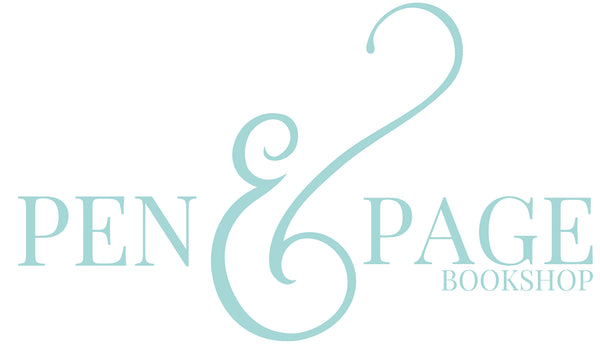I’ve listened to some top-notch books since I started audiobooks, but one of my current listens might be one of the most important. 52 Ways to Reconcile: How to Walk with Indigenous Peoples on the Path to Healing by David A. Robertson is just the book I have been waiting for as I take steps in my personal, community, and professional lives through Truth and Reconciliation.
I have read other books by Robertson, from picture books to graphic novels to middle grade fantasy to non-fiction, he has written it all. It might be too soon to say 52 Ways to Reconcile is my favourite, but it is so needed. Often, I have been at fault of talking the talk, but not knowing how to walk the walk of reconciliation. Without putting the ownness on Indigenous Peoples to educate and give me guidance, I have been unsure of the actions I could take that would have a positive impact.
So, what makes 52 Ways to Reconcile so powerful? Robertson, a Cree author who resides in Winnipeg, provides the reader with 52 tangible actions that readers can take throughout a year. That is one actionable item each week of the year that readers can put into practice. And most are actions that readers could make part of their everyday life without significant effort.
One thing Robertson mentions is reading books by Indigenous authors. Of course, I can get behind this. As an obviously avid reader, I read widely, including books by Indigenous authors. Some of that has been a conscious choice, like for book club in June ensuring our choice is by an Indigenous author - Kyle Edwards Small Ceremonies is our choice for this month, and some is just part of reading good literature. Robertson put this choice into a new perspective for me though. In his explanation of how buying and reading books by Indigenous authors benefits reconciliation, Robertson explained the more books by Indigenous authors that are bought and read, the more representation we are going to see across the book industry. Consumers drive the industry and if readers support diverse books, that diversity grows in authors, editors, publishers, book sellers, etc. Our job as readers, ensure we are reading books by Indigenous authors, not just books about Indigenous characters. Robertson also encourages readers to look for books that go beyond the trauma and includes Indigenous Peoples in all facets of life.
There were so many more ideas, including watching Indigenous TV shows and movies, attending Pow Wow, learning some of the language of the Indigenous Peoples in your area, just to name a few. These are things we can all do and that’s what makes Robertson’s book so important. I can no longer say I don’t know what to do, what action to take. Robertson has laid it out week-by-week, and I now it is up to me to further my journey in Truth and Reconciliation to do my part in making Canada, Saskatchewan, and Wynyard a safer, better place for all.

